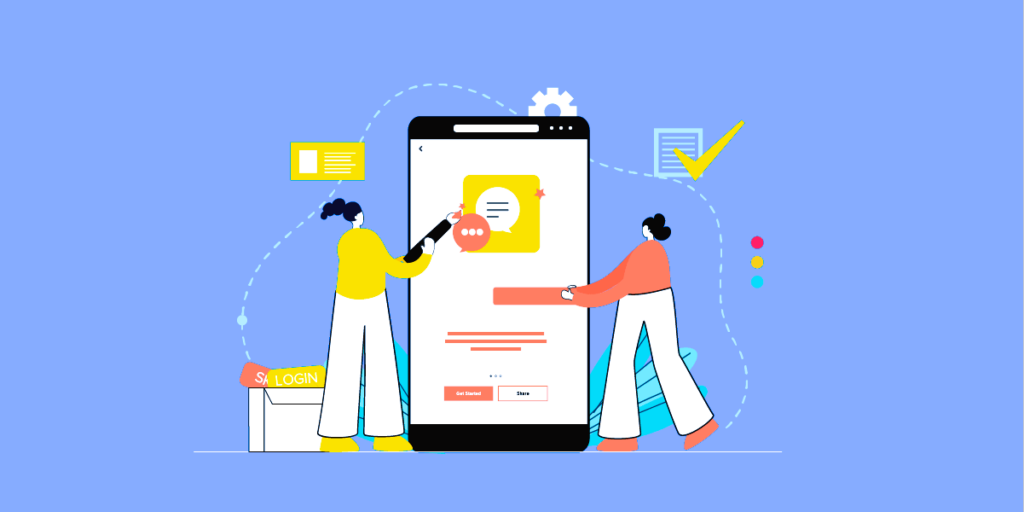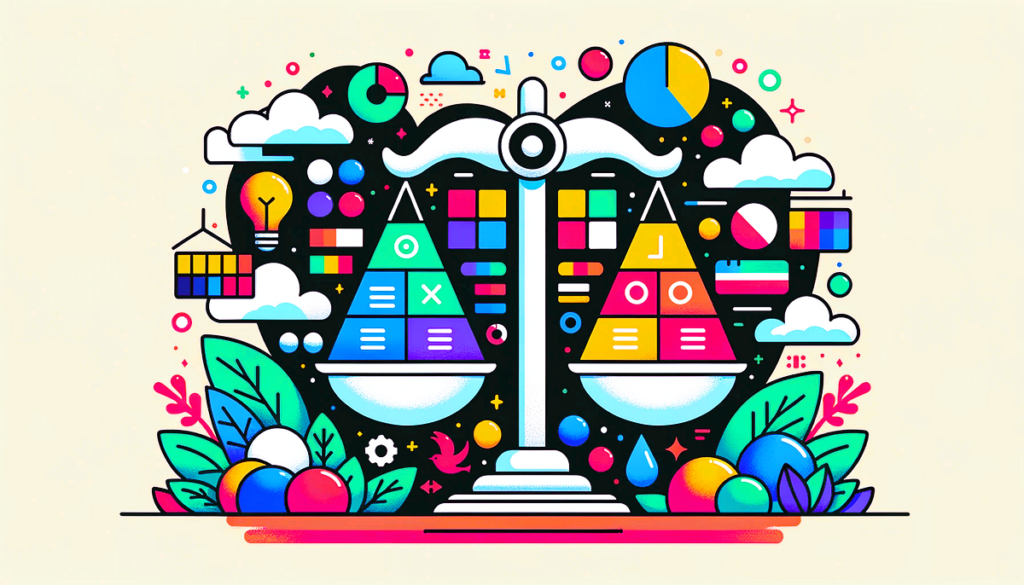Gamification has become a prominent trend in game development, transforming traditional gaming elements into engaging and interactive experiences beyond just entertainment. By incorporating game-like mechanics and principles into various aspects of game design, developers can enhance user experience, drive player engagement, and achieve better overall outcomes. This article explores the strategies for leveraging gamification in game development, its benefits, and real-world examples of successful implementations.
Understanding Gamification
Gamification refers to the application of game-design elements and principles in non-game contexts to motivate and engage users. In game development, this involves integrating elements like rewards, challenges, and progression systems to enhance gameplay and player interaction. Gamification can be used to create more engaging experiences, encourage desired behaviors, and foster a deeper connection between players and the game.
Strategies for Leveraging Gamification
- Incorporate Reward Systems: Reward systems are fundamental to gamification. By offering rewards such as in-game currency, collectibles, or achievements, developers can motivate players to complete tasks, achieve milestones, and continue playing. Reward systems should be well-balanced to provide meaningful incentives without overwhelming or frustrating players.
- Example: In “World of Warcraft,” players earn experience points (XP), gold, and loot as rewards for completing quests and defeating enemies. These rewards drive progression and provide a sense of accomplishment.
- Design Engaging Challenges: Challenges and quests are key components of gamification. Designing engaging and varied challenges can keep players motivated and interested. These challenges should be designed with a balance of difficulty and fairness, ensuring they are achievable while still providing a sense of accomplishment.
- Example: “Fortnite” offers a variety of challenges and missions that change weekly, keeping the gameplay fresh and encouraging players to return regularly to complete new objectives.
- Implement Progression Systems: Progression systems allow players to see their growth and development over time. This can include leveling up, unlocking new content, or advancing through a skill tree. A well-designed progression system provides players with a clear path of advancement and continuous goals to strive for.
- Example: In “League of Legends,” players advance through ranks and tiers, unlocking new champions and skins as they progress. This system keeps players engaged by offering ongoing goals and rewards.
- Create Leaderboards and Competitions: Leaderboards and competitions can drive player engagement by adding a competitive element to the game. Players are motivated to climb the ranks and compete with others, which can enhance replayability and foster a sense of community.
- Example: “Call of Duty” features leaderboards and seasonal competitions that track player performance and offer rewards for top performers, encouraging players to improve their skills and participate in competitive gameplay.
- Foster Social Interaction: Social interaction is a powerful motivator in gamification. Incorporating social features such as multiplayer modes, guilds, or cooperative missions can enhance player engagement by fostering a sense of community and collaboration.
- Example: “Destiny 2” includes clan systems and cooperative raids, allowing players to team up with friends and other players to achieve common goals and tackle challenging content together.
- Integrate Feedback Loops: Feedback loops are crucial for maintaining player motivation. Providing immediate and meaningful feedback on player actions helps them understand their progress and areas for improvement. This can include visual or audio cues, progress bars, or performance metrics.
- Example: “Candy Crush Saga” provides visual feedback with colorful animations and sound effects when players complete levels or match candies, reinforcing positive behavior and maintaining player engagement.
Benefits of Gamification in Game Development

- Enhanced Player Engagement: Gamification techniques such as reward systems, challenges, and progression systems keep players actively engaged by offering continuous goals and incentives. This increased engagement can lead to longer play sessions and greater overall satisfaction.
- Improved Retention Rates: By creating compelling gameplay experiences and offering regular rewards, gamification can help improve player retention rates. Engaged players are more likely to return to the game regularly and continue progressing through the content.
- Increased Motivation and Satisfaction: Gamification elements like leaderboards and competitions can enhance player motivation and satisfaction. Players are driven by the desire to achieve high ranks, complete challenges, and earn rewards, which contributes to a more enjoyable gaming experience.
- Enhanced Social Interaction: Social features and cooperative gameplay foster a sense of community and collaboration among players. This social interaction can enhance the overall experience and create lasting connections between players. How to customize SourceJS for your unique project needs, more details here.
- Opportunities for Monetization: Gamification can create opportunities for monetization through in-game purchases, premium content, or exclusive rewards. Players who are highly engaged and motivated may be more willing to spend money on additional content or enhancements.
Real-World Examples
- Pokémon GO: Pokémon GO leverages gamification by incorporating elements like rewards for catching Pokémon, challenges, and social interaction through gym battles and team-based events. The game’s progression system and frequent updates keep players engaged and motivated.
- Duolingo: Duolingo uses gamification principles to make language learning more engaging. Features such as XP points, streaks, and leaderboards motivate users to practice regularly and achieve their language learning goals.
- Fitbit: Fitbit incorporates gamification into its fitness tracking by offering badges, challenges, and social features. Users are motivated to meet their fitness goals and compete with friends, enhancing their overall health and activity levels.
Leveraging gamification in game development offers numerous benefits, including enhanced player engagement, improved retention rates, and increased motivation. By incorporating strategies such as reward systems, challenges, progression systems, and social interaction, developers can create compelling and immersive experiences that keep players coming back for more.
For further insights into gamification and its application in various contexts, you can visit the Wikipedia page on Gamification, which provides an in-depth overview of the principles and practices associated with this trend.
By embracing gamification, game developers can create experiences that are not only entertaining but also motivating and rewarding, leading to greater success and player satisfaction.




